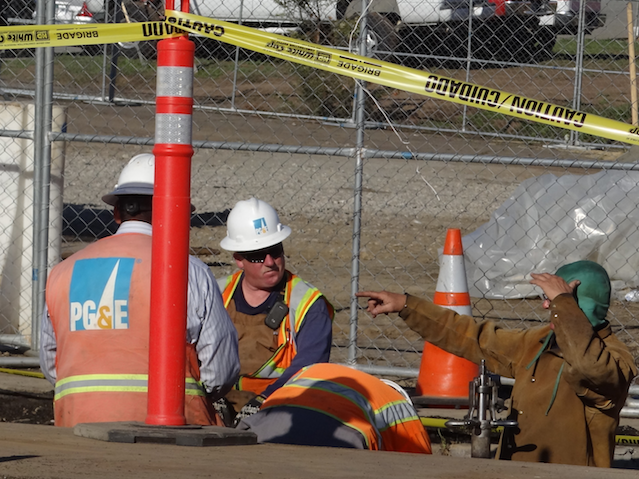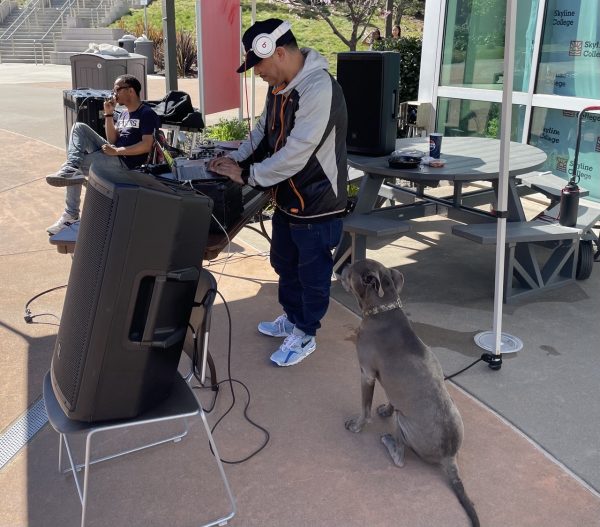PG&E to overhaul local infrastructure
PG&E revealed on Nov. 10 that it plans to spends $400 million over the next two years in order to upgrade its natural gas network, elective operations and customer services. The announcement came only a month after hiring Anthony Earley as its newest CEO.
Earley was selected after the San Bruno pipeline disaster, replacing CEO Peter Darbee in an effort to give the company a new appearance.
The $400 million is part of a $2.6 billion plan that PG&E plans to carry out over the next three years, improving its pipelines along with repairing and replacing its aging pipeline network throughout the state.
According to a statement made by PG&E spokesman Brian Herzog to sanfrancisco.cbslocal.com the $400 million will not result in any cost increase for customers (household owners), but in order for PG&E to raise the $2.6 billion it needs, the company plans to ask state regulators to make customers pay 90 percent of the cost.
According to an article by Steve Johnson and Paul Rogers of mercurynews.com, “the plan – which calls for overhauling 20 percent of PG&E pipelines by inspecting hundreds of miles of aged pipes, replacing other gas lines and adding automated valves.” However, Steve Johnson and Paul Rodgers’ article goes on to say that the plan still must be approved by the California Public Utilities Commission.
PG&E estimated that the cost customers will be responsible for is $1.96 billion by 2014. This means that a typical residential gas customer’s monthly bill will increase from $1.93 to $47.16, while the rest of the costs will be billed to customers over 40 years.
This decision has led to public outcry against PG&E. Customers are claiming it is unfair for consumers to pay for PG&E’s mistakes and for something they should have being doing right in the first place.
“Do I approve? No,” said Skyline professor James I. Wong when he was asked about the plan. “They should have been maintaining and upgrading the pipelines before, and they’re making us pay for the repairs? This should have been done earlier.”
When asked what he thought of the appointment of Anthony Earley as the new CEO of PG&E, Wong said that sometimes it’s good if they have a new vision and if they personally want to make improvements.
Skyline college educator Katherine Harer also thought that while repairs are necessary, placing the financial burden on consumers was unfair.
“I think they need to repair all the pipelines,” said Harer. “What happened here right in this neighborhood is a good example of how they weren’t doing a good job of maintaining (the pipelines), and I do not think that customers should have to pay more. It’s a terrible economy; a lot of people are unemployed, and even here, we teachers haven’t had a pay raise in four years. It’s not a good time for utility companies to be charging more money for something they should have done in the first place.”
***This article has been updated from its original version to more clearly credit the sources used by the author.***














